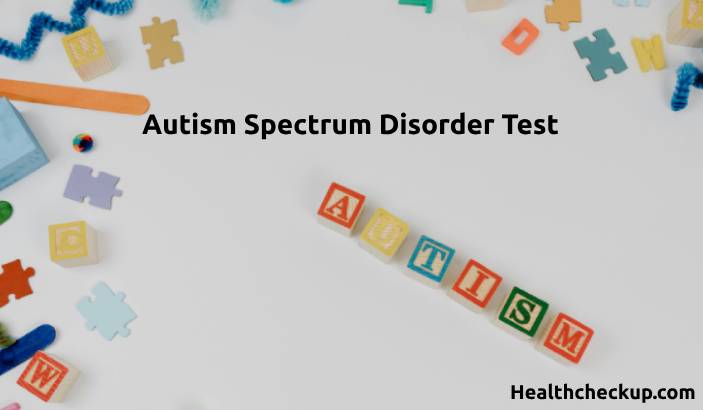Autism Spectrum Disorder (ASD) is a developmental disorder that affects communication and behavior. Although ASD can be diagnosed at any age, symptoms generally appear in the first two years of life. Understanding ASD is crucial for early intervention, which can significantly improve a child’s development.
Purpose of ASD Testing
- Early Diagnosis: To identify autism spectrum disorders in young children as early as possible to begin intervention services.
- Confirmation of Diagnosis: To confirm a suspected diagnosis based on behavioral observations and developmental history.
- Assessment of Needs: To evaluate the strengths and weaknesses of an individual to tailor educational and behavioral interventions.
Preparation for ASD Tests
- Pre-test Consultation: Parents or caregivers should have a detailed discussion with the healthcare provider about the child’s developmental history and observed behaviors.
- Gathering Information: Collecting information from other caregivers, teachers, or therapists who interact with the child can provide a comprehensive view of the child’s abilities and challenges.
- Setting Expectations: Understanding that ASD testing is a process that might involve multiple types of assessments over several sessions.
Procedure of ASD Tests
- Developmental Interviews and Questionnaires: Conducted with parents to gather detailed developmental histories.
- Behavioral Assessments: Observations of the child in structured and unstructured settings to assess communication, social skills, and behaviors.
- Psychological Testing: May include tests to rule out other conditions and to evaluate cognitive levels and areas of strength and weakness.
- Medical Evaluation: Includes a physical exam and possibly genetic testing to identify or rule out other possible causes of symptoms.
Results of ASD Testing
- Diagnosis: A comprehensive assessment may lead to a diagnosis of ASD based on well-defined criteria outlined in diagnostic manuals such as the DSM-5.
- Spectrum Identification: ASD is a spectrum disorder, meaning diagnosis might include the level of support needed, ranging from mild to severe.
- Recommendations for Intervention: Specific recommendations for therapies and educational interventions based on the child’s needs.
Interpreting Results
- Detailed Report: A report detailing the child’s behavior, responses to tests, and how these relate to ASD criteria.
- Discussion with Specialists: Results should be discussed in detail with the diagnosing clinician, who can explain what the findings mean for the child’s development and treatment.
- Plan of Action: Based on the results, a plan for therapy, educational modifications, and any medical interventions will be suggested.
Risks Associated with ASD Testing
- Emotional Stress: The process can be lengthy and stressful, particularly if the assessment spans several days or weeks.
- Misdiagnosis: There is always a risk of misdiagnosis, especially in young children or in cases with subtle symptoms. This risk underscores the importance of seeing specialists with experience in diagnosing ASD.
- Stigma and Sensitivity: Receiving an ASD diagnosis can be emotional, and there might be concerns about stigma. It’s vital for families and educators to approach the subject with sensitivity and support.
Conclusion
Testing for Autism Spectrum Disorder is a complex, multi-faceted process that not only aims at diagnosing the condition but also at understanding the unique challenges and strengths of the individual. It involves a series of interviews, observations, and tests that collectively inform a comprehensive understanding of the individual’s developmental profile.
For families navigating the possibility of ASD, understanding the diagnostic process is crucial. It prepares them to provide appropriate support to their child and to make informed decisions regarding their child’s health and education. Early diagnosis and intervention are linked to significantly better outcomes for children with ASD, making early and accurate testing a critical step in supporting the developmental paths of these individuals.
I specialize in writing about health, medical conditions, and healthcare, drawing extensively from scientific research. Over the course of my career, I have published widely on topics related to health, medicine, and education. My work has appeared in leading blogs and editorial columns.









